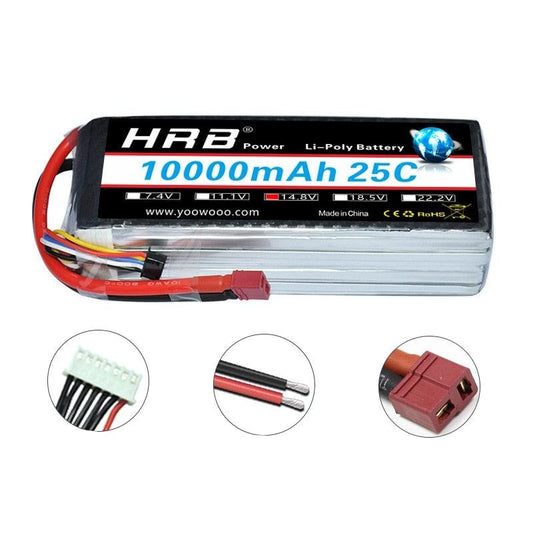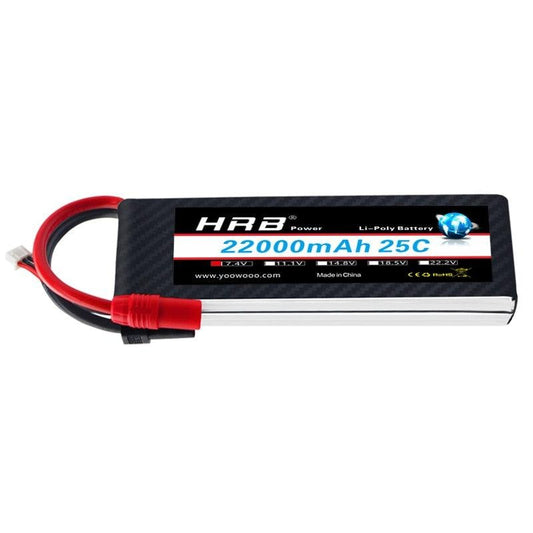-
Tattu Plus 22000mAh 44.4V 25C 12S1P Lipo Smart Battery Pack With AS150 Plug
Regular price $1,049.00 USDRegular priceUnit price per -
ZDF Batteries 6S 7S 12S 14S 30000mAh 22.2V 25.9V 44.4V 51.8V 25C LiPo Battery Pack with XT90-S Plug Connector for UAV Drones
Regular price From $399.73 USDRegular priceUnit price per -
Herewin 14S 60.9V 30000mAh 25C Agriculture Drone Battery
Regular price $765.90 USDRegular priceUnit price per -
TATTU 22000mah PRO 25C 50.4V 12S 14S charger smart battery lithium battery with AS150U plug Agriculture Drone Battery
Regular price From $611.80 USDRegular priceUnit price per -
TATTU 44.4V 22000mAh 25C 12S Lithium Polymer Rechargeable Battery lipo battery for DIY RC Drone UAV model Agriculture Drone Battery
Regular price $512.65 USDRegular priceUnit price per -
NEW TATTU 3.0 14S1P 58.8V 19000mAh/22000mAh/25000mAh/28000mah 3.0 25C 14S intelligent battery lipo battery smart battery 3.0 Agriculture Drone Battery
Regular price From $729.00 USDRegular priceUnit price per -
TATTU 16000mAh 44.4V 12S LiPO Battery Burst 25C Large Load Multi-rotor FPV Agricultural Drone Six-rotor Octorotor Agriculture Drone Battery
Regular price $443.03 USDRegular priceUnit price per -
Gens ACE Lipo 3S Battery 25C 11.1V 1300/4000mAh with T/XT60 Plug Four Axis Fixed Wing Car Boat
Regular price From $36.28 USDRegular priceUnit price per -
Gens ACE Lipo 3S Lithium Battery 11.1V 800 1000 1300 1800 2200 3300 4000 5300MAH 15C 20C 25C Four Axis Car Drone Batteries
Regular price From $19.13 USDRegular priceUnit price per -
HRB Lipo 2S Battery 16000mah - 7.4V 25C XT60 T EC2 EC3 EC5 XT90 XT30 for For RC Car Truck Monster Boat Drone RC Toy
Regular price $119.12 USDRegular priceUnit price per -
HRB Lipo 2S Battery 22000mah 7.4V - 25C XT60 T EC2 EC3 EC5 XT90 XT30 for For RC Car Truck Monster Boat Drone RC Toy
Regular price $156.13 USDRegular priceUnit price per -
HRB Lipo 2S Battery 12000mah 7.4V - 25C XT60 T EC2 EC3 EC5 XT90 XT30 for For RC Car Truck Monster Boat Drone FPV RC Toy
Regular price $98.03 USDRegular priceUnit price per -
HRB Lipo 2S Battery 7.4V 10000mah - 25C XT60 T EC2 EC3 EC5 XT90 XT30 for For RC Car Truck Monster Boat Drone RC Toy
Regular price $86.33 USDRegular priceUnit price per -
HRB Lipo 2S 7.4V Battery - 10000mah 12000mah 16000mah XT60 T Deans EC5 XT90 XT90-S XT150 AS150 25C RC Heli Airplane Car Boat Parts
Regular price From $59.54 USDRegular priceUnit price per -
HRB Lipo 3S Battery 11.1V 16000mah - 25C XT60 T EC2 EC3 EC5 XT90 XT30 for For RC Car Truck Monster Boat Drone RC Toy
Regular price $167.37 USDRegular priceUnit price per -
HRB Lipo 3S Battery 11.1V 12000mah - 25C XT60 T EC2 EC3 EC5 XT90 XT30 for For RC Car Truck Monster Boat FPV Drone RC Toy
Regular price $137.02 USDRegular priceUnit price per -
HRB Lipo 3S Battery 11.1V 22000mah - 25C XT60 T EC2 EC3 EC5 XT90 XT30 for For RC Car Truck Monster Boat Drone RC Toy
Regular price $228.80 USDRegular priceUnit price per -
HRB 2S 3S 4S Lipo Battery - 10000mah 7.4V 11.1V 14.8V T Deans XT60 EC5 XT90 18.5V 22.2V 5S 6S 25C RC Helicopter Airplane Car Parts
Regular price From $50.14 USDRegular priceUnit price per -
HRB 2S 7.4V 22000mah Lipo Battery - XT60 Deans T XT90 EC5 XT150 AS150 XT90-S Plug 25C RC Quadcopter Airplanes Boat Car Truck Parts
Regular price From $143.15 USDRegular priceUnit price per

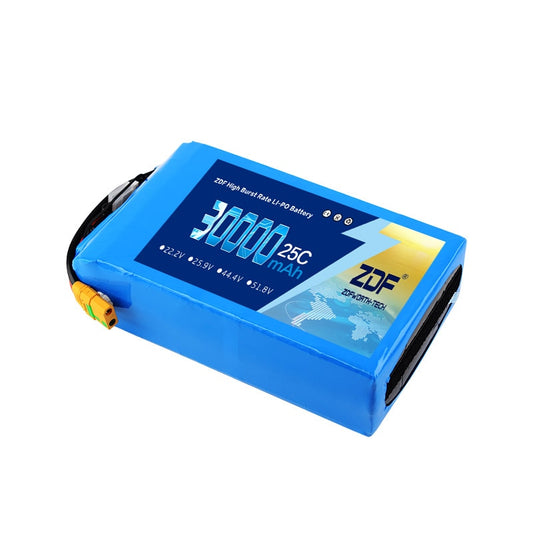

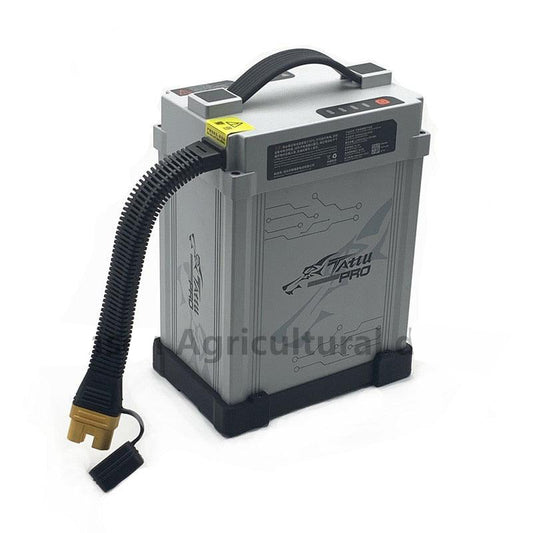
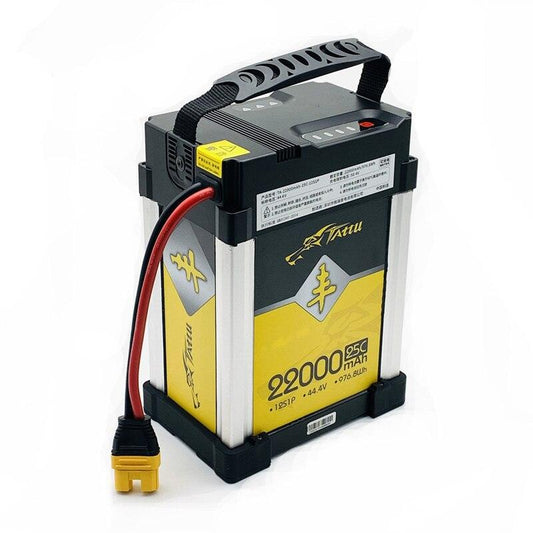
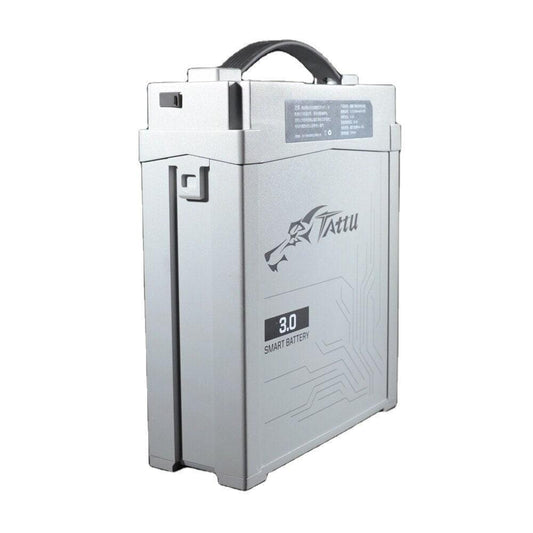
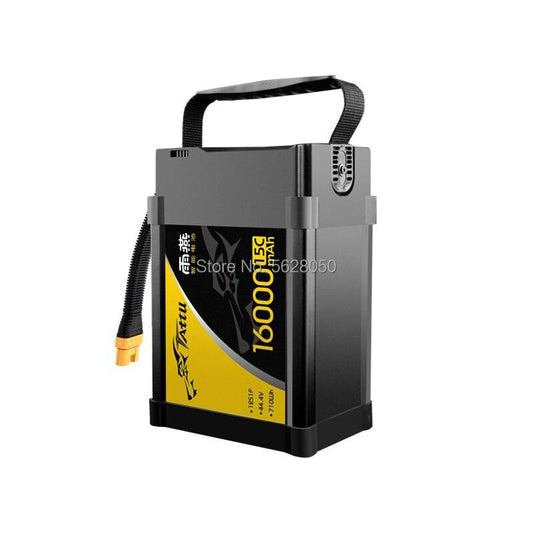
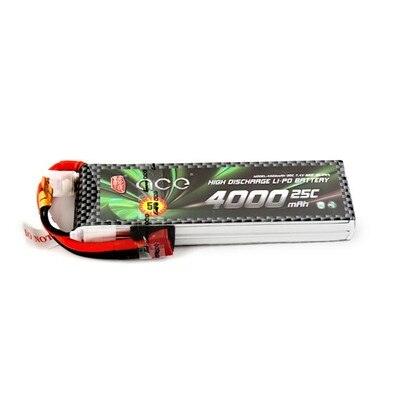
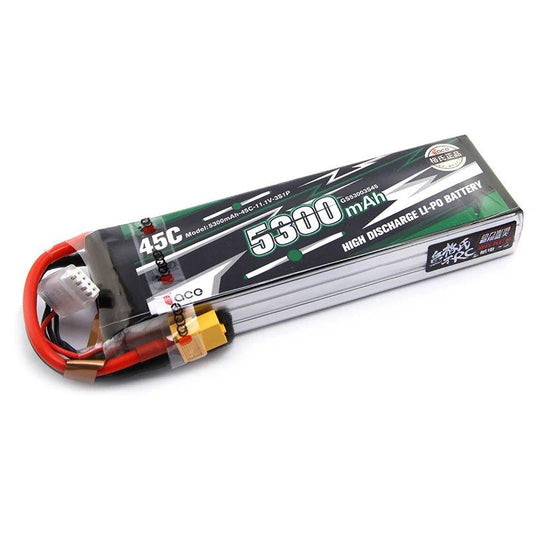
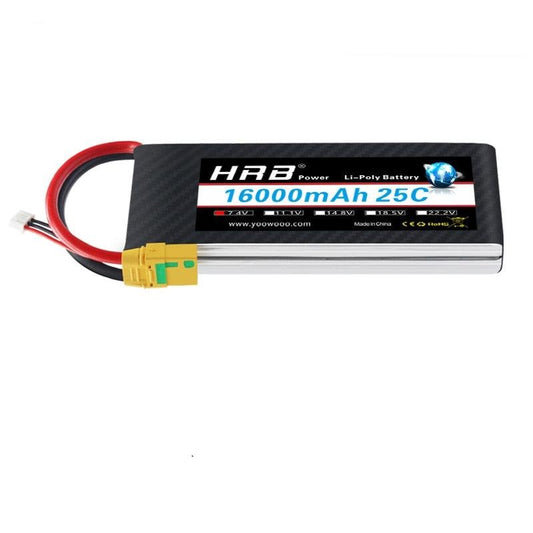
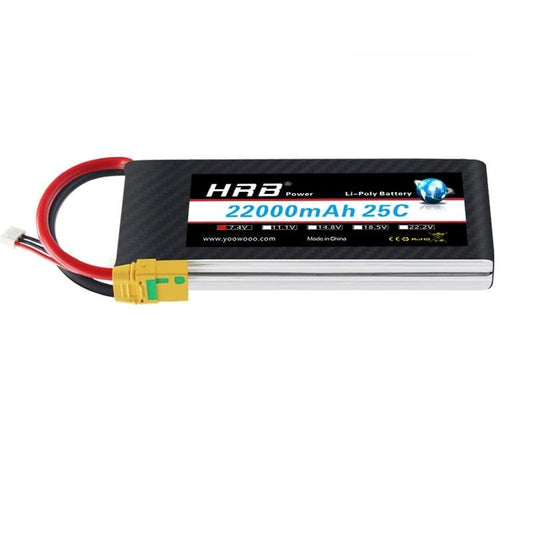
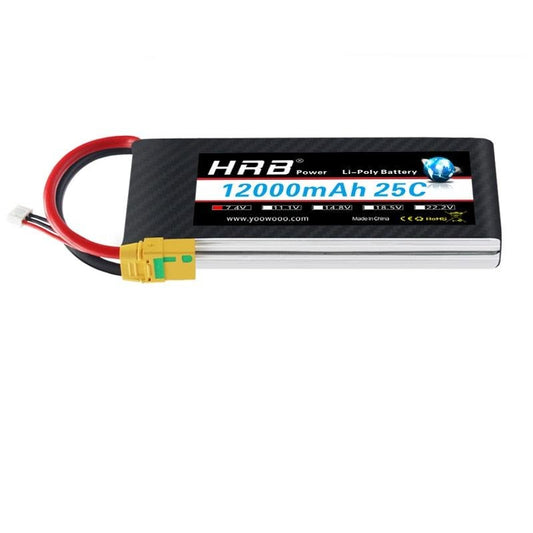
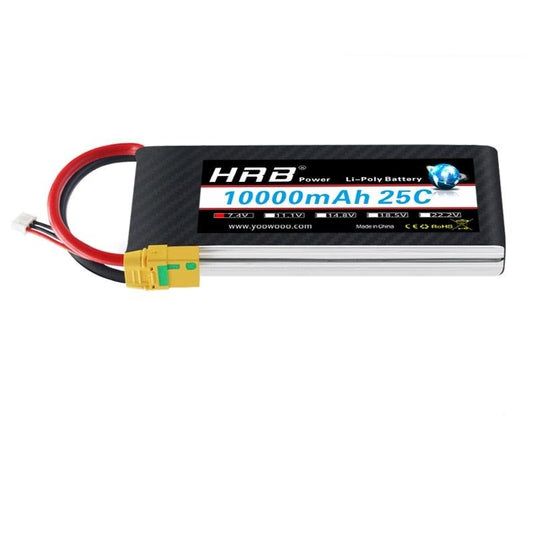
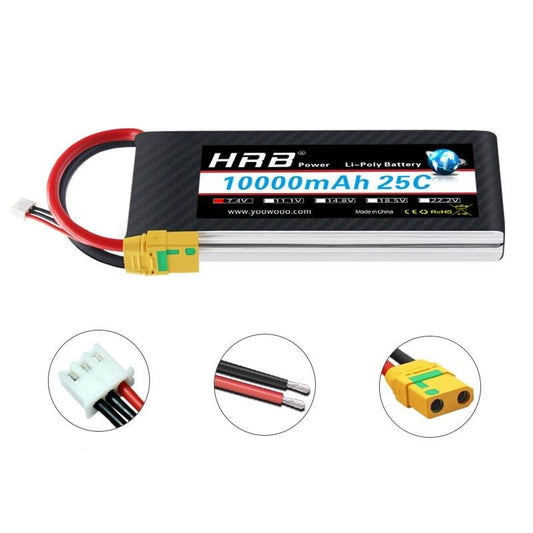
![HRB Lipo 3S Battery, HRB Power Li-Poly Battery 16000mAh 25C V ] IiT](http://rcdrone.top/cdn/shop/files/S775e56df5eea435390b7ff29bed42a25d_2eefbf1c-ec54-41a8-979d-47625027f125.jpg?v=1693658487&width=533)


